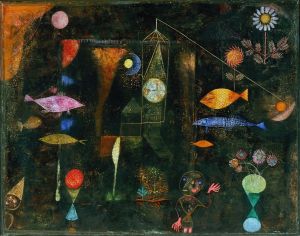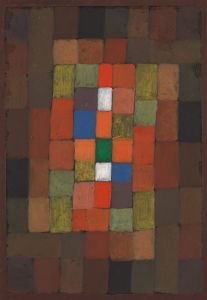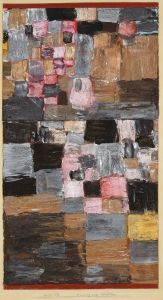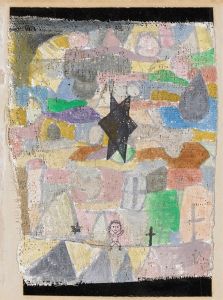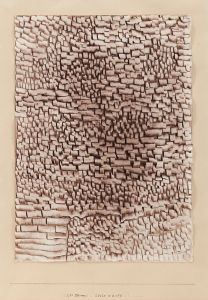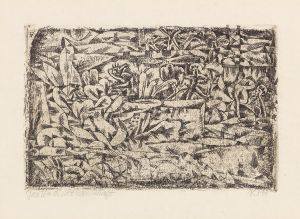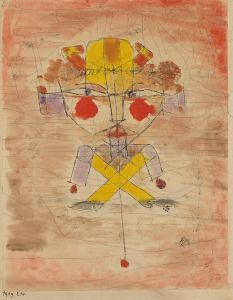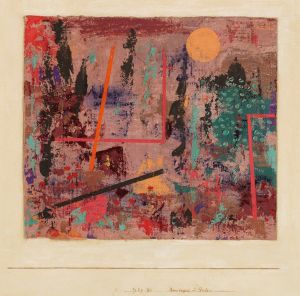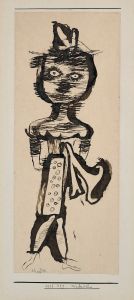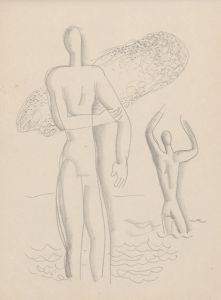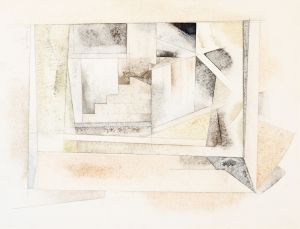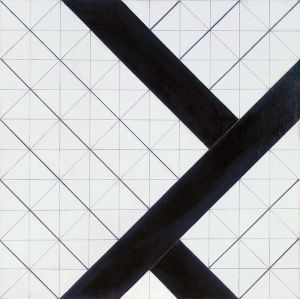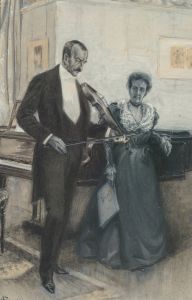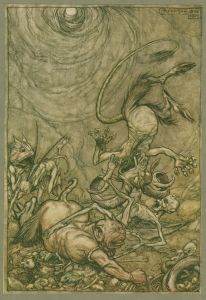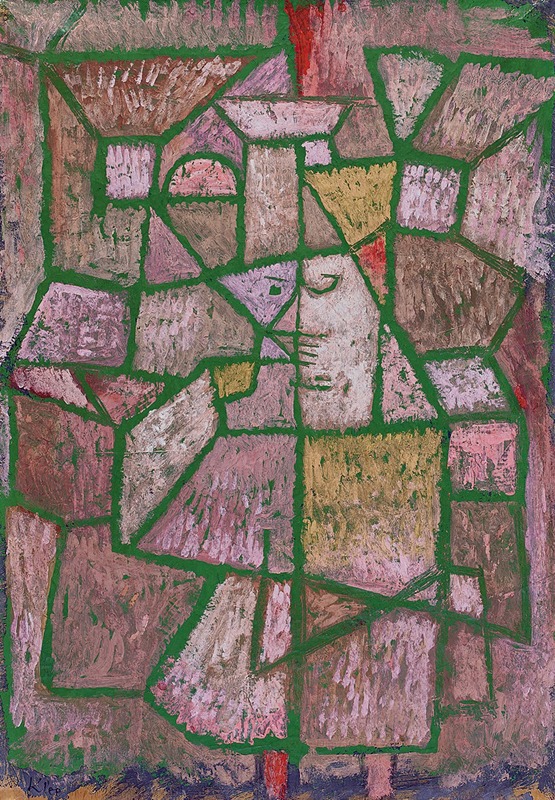
Herr der Stadt
A hand-painted replica of Paul Klee’s masterpiece Herr der Stadt, meticulously crafted by professional artists to capture the true essence of the original. Each piece is created with museum-quality canvas and rare mineral pigments, carefully painted by experienced artists with delicate brushstrokes and rich, layered colors to perfectly recreate the texture of the original artwork. Unlike machine-printed reproductions, this hand-painted version brings the painting to life, infused with the artist’s emotions and skill in every stroke. Whether for personal collection or home decoration, it instantly elevates the artistic atmosphere of any space.
Paul Klee's painting "Herr der Stadt" (translated as "Master of the City" or "Lord of the City") is an exemplary piece of his work that showcases his unique style and artistic vision. Created in 1937, this painting is a part of Klee's later period, during which he produced some of his most profound and complex works.
Paul Klee was a Swiss-born German artist whose highly individual style was influenced by movements in art that included Expressionism, Cubism, and Surrealism. Klee's work is known for its dream-like quality, whimsical elements, and a deep exploration of color theory. His paintings often feature a blend of abstract and figurative elements, creating a unique visual language that has captivated audiences and critics alike.
"Herr der Stadt" is a striking example of Klee's mature style. The painting depicts a figure that appears to be a ruler or overseer of a city, rendered in Klee's characteristic abstract manner. The figure is composed of geometric shapes and lines, giving it a somewhat mechanical and otherworldly appearance. The city itself is suggested through a series of interconnected forms and structures, which may represent buildings, streets, and other urban elements.
The use of color in "Herr der Stadt" is particularly notable. Klee employs a palette of muted tones, with shades of brown, gray, and blue dominating the composition. These colors contribute to the painting's somber and contemplative mood. The figure of the "Master" is highlighted with slightly brighter hues, drawing the viewer's attention to its central role in the composition.
Klee's technique in this painting involves a meticulous layering of paint, creating a textured surface that adds depth and complexity to the work. This method reflects Klee's interest in the interplay between form and color, as well as his desire to evoke emotional responses through his art.
The context in which "Herr der Stadt" was created is also significant. In 1933, Klee was dismissed from his teaching position at the Düsseldorf Academy by the Nazi regime, which labeled his work as "degenerate art." This period of political turmoil and personal hardship had a profound impact on Klee's work, leading to a darker and more introspective phase in his artistic career. "Herr der Stadt" can be seen as a reflection of Klee's response to the oppressive political climate of the time, as well as his ongoing exploration of the human condition.
Today, "Herr der Stadt" is held in high regard as a key work in Klee's oeuvre. It is housed in the Zentrum Paul Klee in Bern, Switzerland, which is dedicated to the artist's life and work. The painting continues to be studied and admired for its innovative use of form and color, as well as its ability to convey complex themes through abstract means.
In summary, "Herr der Stadt" by Paul Klee is a masterful example of the artist's later work, characterized by its abstract depiction of a city and its ruler, its muted color palette, and its textured surface. Created during a time of personal and political upheaval, the painting reflects Klee's deep engagement with the emotional and psychological dimensions of his art.





